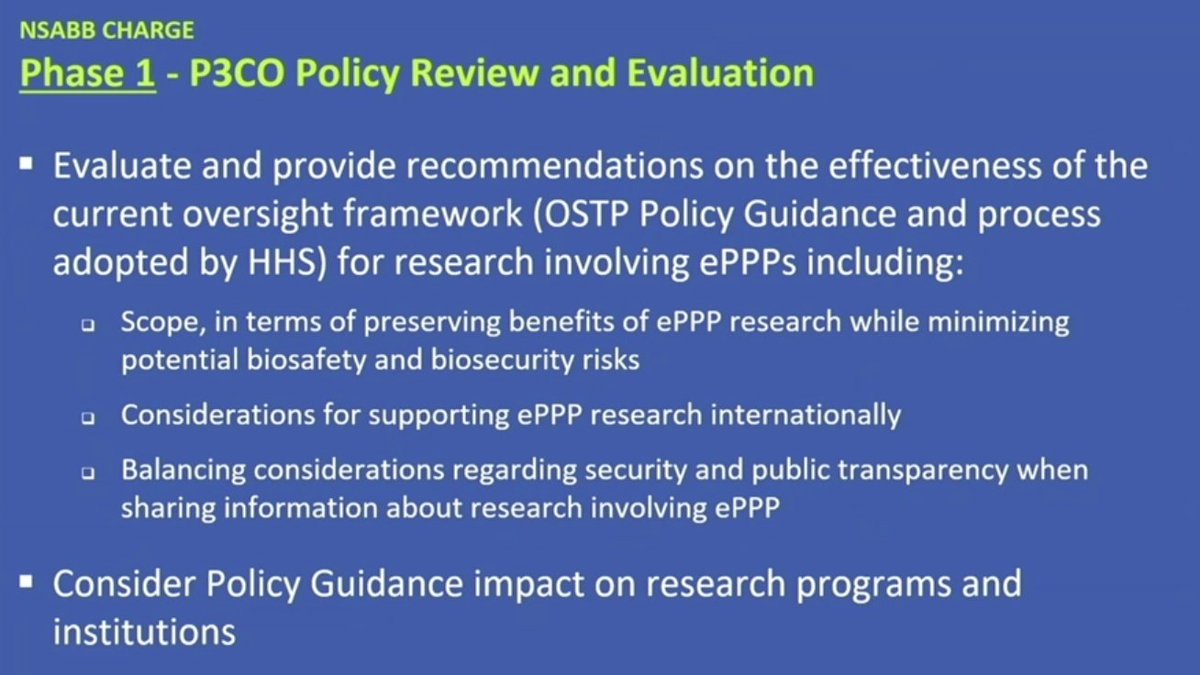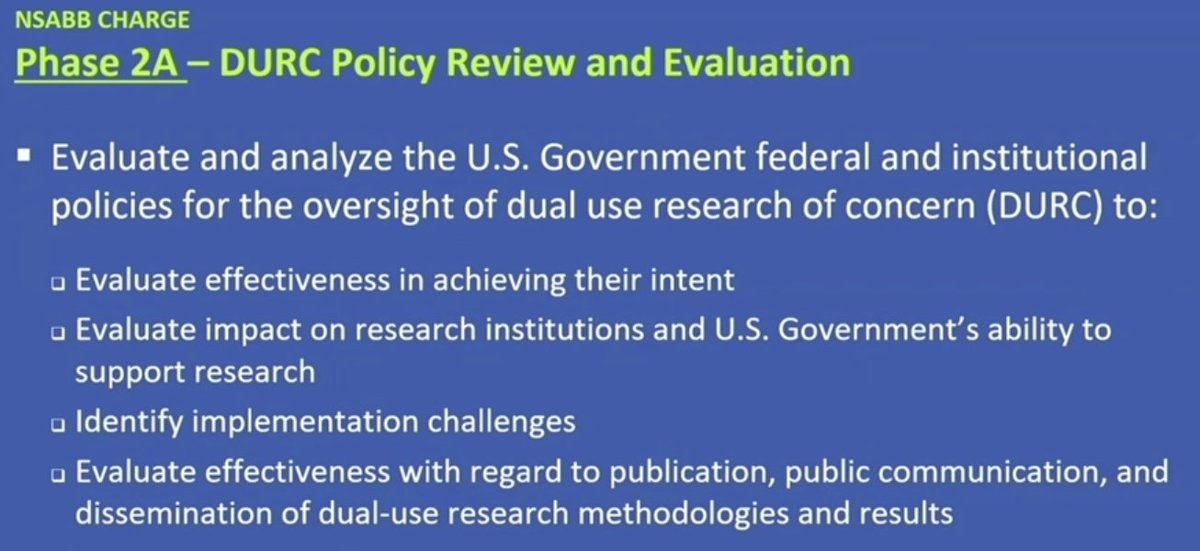
@R_H_Ebright I leave room for the possibility that these scientists and journalists are just repeating the same honest/human mistakes rather than a conspiracy to deceive the public.
@R_H_Ebright I honestly think they just didn't know. It looks like their paper was based on a major error on their part, not an intention to deceive.
https://twitter.com/Ayjchan/status/1499852262499360777?s=20&t=1-qEMuU9YXqHpvrRnEpjYQ
@R_H_Ebright Sometimes when there are too many authors on a paper, the other authors assume someone else in the team has done due diligence to properly check key facts on which their group analysis is based on.
And it's terrible when this turns out to not be true.
And it's terrible when this turns out to not be true.
@R_H_Ebright I think it would be appropriate for this group to rename their preprint:
Huanan market is epicenter of early Covid-19 cases in Wuhan due to ascertainment bias.
Huanan market is epicenter of early Covid-19 cases in Wuhan due to ascertainment bias.
• • •
Missing some Tweet in this thread? You can try to
force a refresh












